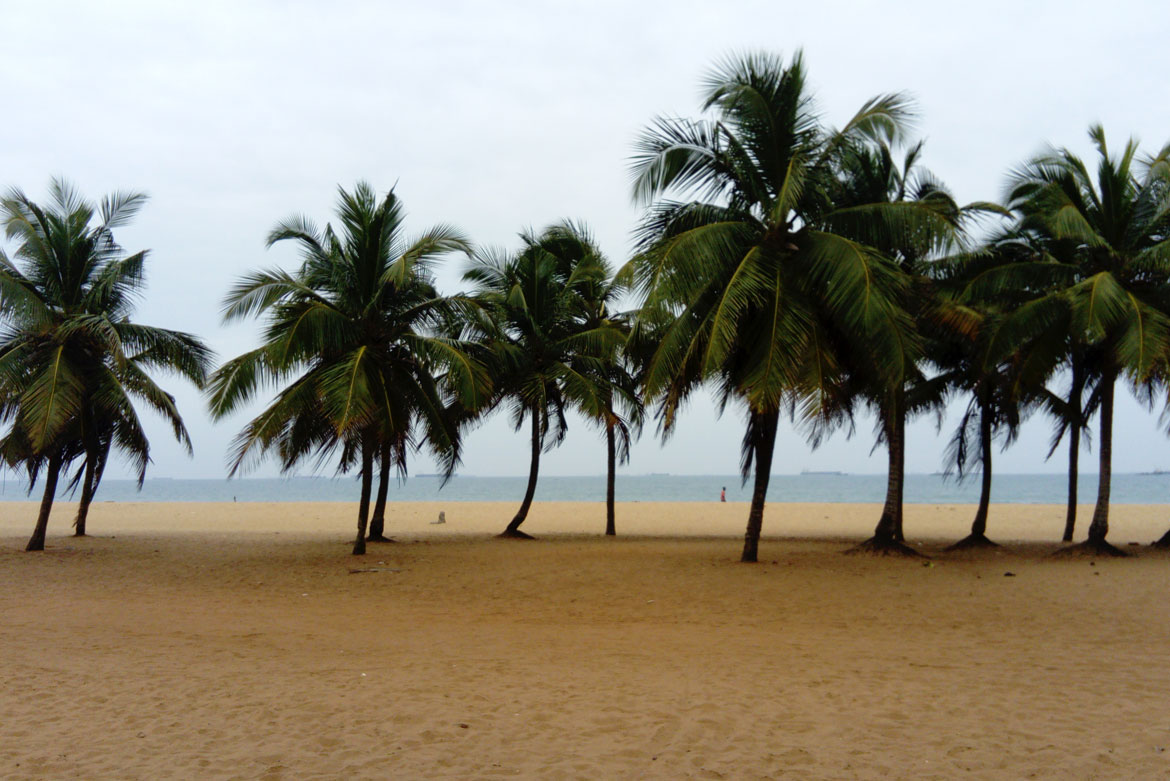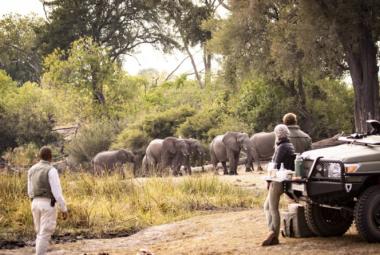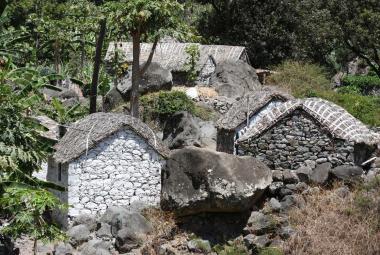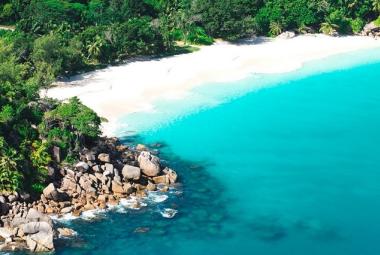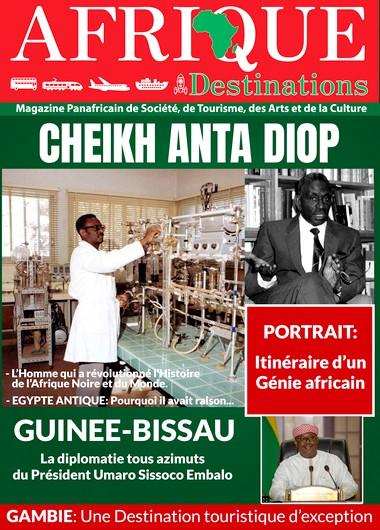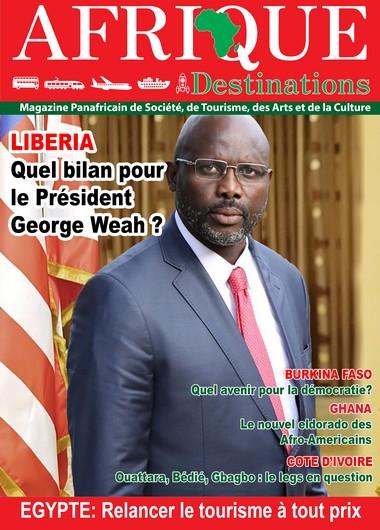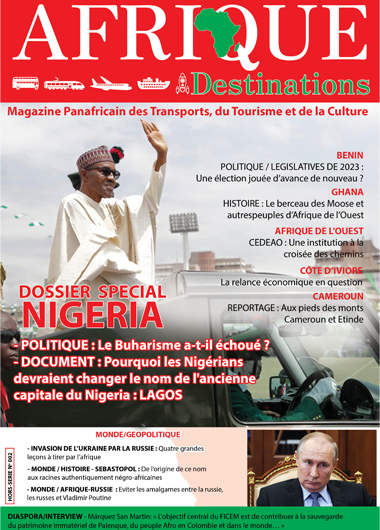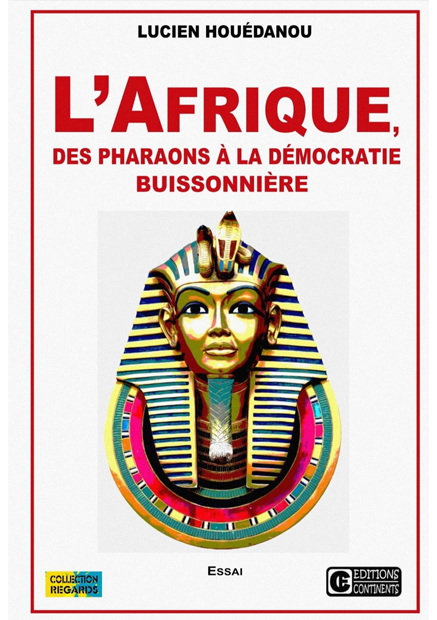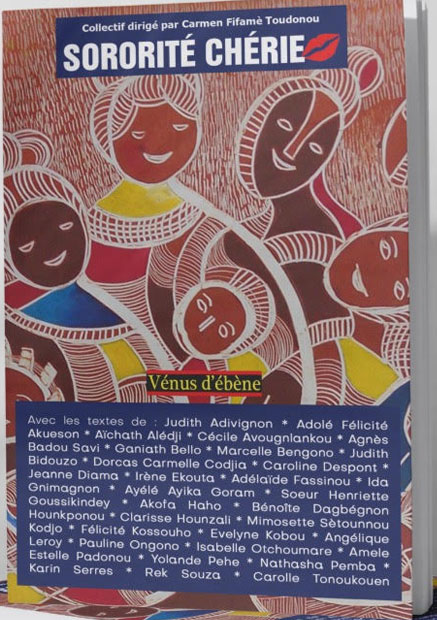Togo is a West African country that stretches lengthwise like a beautiful silhouette, from South to North over more than 600 kilometers in length and 140 kilometers in its greatest width. It occupies an area of 56,000 square kilometers between Ghana to the West, Benin to the East, the Atlantic Ocean to the South and Burkina Faso to the North.
This small country contains on its territory a mosaic of peoples, cultures and important tourist sites that make it the country of small miracles. Not to mention its very hospitable people and its history of the past. It was in 1884 that the German explorer and diplomat Nachtigal signed the protectorate treaty with Mlapa III (King of Togo) which made the country a German colony. After the First World War (1914-1918), it was divided between England and France. The English part became part of present-day Ghana and the French part became present-day Togo following the decolonization process of the 1960s.
Togo is populated, among others, by Kabyès, Lambas, Tamberma, Akposso, Bassar, Ewés, Guins, Tchokossi, Mobas, descendants of freed slaves from Brazil, Cotocolis, Tchambas, Konkombas, Lossos, Ouatchis, Gourmas. All of these people practice various religions including Voodoo, Christianity and Islam. Like its population, Togo is full of wonderful landscapes made of lagoons, rivers, lakes, torrents, waterfalls gushing from the steep sides of wooded mountains, forests of various species, wooded hills, plains of tall grass, shady savannahs of millennial baobabs, animal parks and reserves, etc. As the Togolese themselves like to say: "Africa is a continent of wonders, if there is a country that is the summary, it is Togo". That's good advertising! In Lomé, the capital, the visitor will have to discover the beautiful blue water beaches of the Gulf of Benin, the German cathedral very close to the large Assiganmè market, the fetish market, the national museum, the typical atmosphere of an African capital .
To the east of Lomé, there is Agbodrafo and Lake Togo, Togoville (the city of King Mlapa), Anecho which is the spiritual and cultural center of the Guin people, the Mono and its waterways with its palm plantations .
In the South-West, the triangle of coffee and cocoa, the Pic d'Agou (the highest peak in Togo), the lush and fertile Kpalimé surrounded by hills with thick woods, Badou, the Akrowa falls (a waterfall of 100m: 300 feet), the craft center of Kloto, Atakpamé, the ruins of Kamina (site of the former German military base whose headquarters walls are still standing).
In the northern region, there is the Fazao/Malfa-Kassa National Park with an area of 192,000 hectares where buffaloes, elephants, antelopes, hartebeest, cobs, warthogs, birds and other primates live, Sokodé where Islam recalls the North Africa, Lama-Kara which is a city in full expansion, Koutammakou (the Tamberma valley) whose constructions very well resemble miniature European castles and are inscribed on the World Heritage list, the savannah region with its vegetation and its exceptional flatness.
To all these wonderful sites that can be visited in any season, we must add the good Togolese food as well as the richness and diversity of the arts and cultures of the country. A welcoming and warm country in the image of its people whose hospitality is, we can no longer, legendary awaits you for a stopover or long stay. See you in Togo, the destination of small miracles.
By Serge-Félix N’Piénikoua



